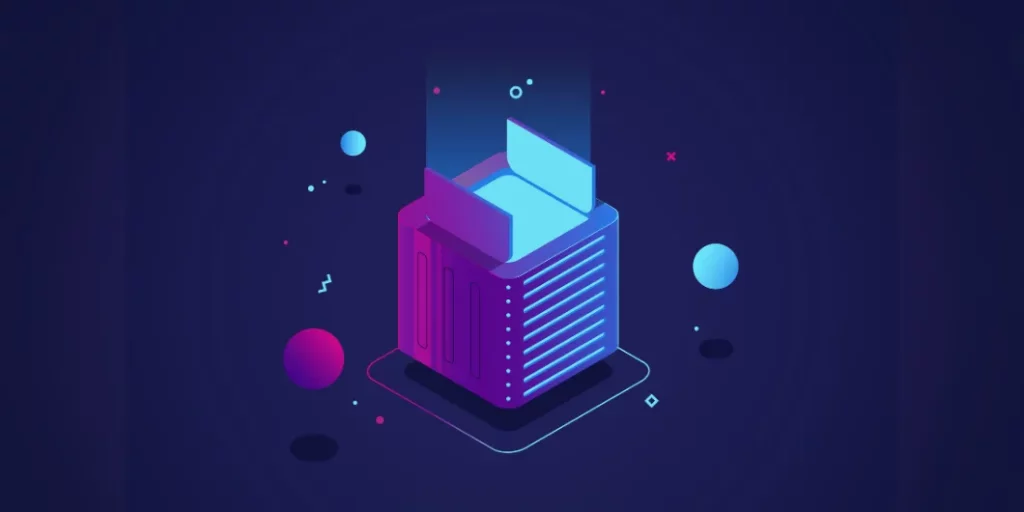
What Is Layer 2 in Blockchain and Why It Matters
In this post, we’re focusing on Layer 2, a concept that’s becoming critical as blockchains like Ethereum and Bitcoin deal with more users and more traffic.
If you’ve ever used Ethereum when things get busy, you’ve probably run into high gas fees or slow transaction times. The experience can be frustrating. That’s because Layer 1 blockchains have limits. They weren’t designed to handle millions of users at once.
That’s where Layer 2 solutions come in.
What Is Layer 1?
Layer 1 is the base blockchain. This includes networks like Ethereum, Bitcoin, and Solana. These blockchains take care of the core work, they validate transactions, secure the network, and maintain consensus.
But they can only handle so much traffic at once. When demand increases, the network slows down and fees go up.
What Is Layer 2?
Layer 2 is a separate system built on top of a Layer 1 blockchain. It processes transactions off-chain and then posts the final result back to the main blockchain. This keeps the security and decentralisation of Layer 1, but improves speed and lowers fees.
It’s a scaling solution. Rather than changing the foundation, it takes the pressure off and handles the heavy lifting elsewhere.
How Does Layer 2 Work?
The idea is simple: bundle up lots of small transactions, process them off-chain, and then post a summary on-chain.
For example, instead of sending 1,000 separate transactions to Ethereum, a Layer 2 network handles them off-chain and just sends one final update. This makes everything faster and cheaper for users.
Types of Layer 2 Solutions
There are several types of this technologies in use today. Here are the most common ones:
Rollups
Rollups bundle transactions and send them to Layer 1. There are two main types:
- Optimistic Rollups assume transactions are valid unless someone proves otherwise
Examples: Arbitrum, Optimism - ZK Rollups use cryptographic proofs to confirm that transactions are valid
Examples: zkSync, StarkNet, Polygon zkEVM
Rollups are currently leading Ethereum’s this scaling strategy.
State Channels
These are like private lanes for frequent transactions between two parties. You transact off-chain as much as you want, then only settle the final balance on the blockchain.
- Examples: Bitcoin Lightning Network, Ethereum Raiden Network
Sidechains
Sidechains are independent blockchains that connect to the main chain using bridges. They offer faster and cheaper transactions but use different security models.
- Examples: Polygon, Ronin, xDai
Plasma Chains
Plasma chains are like mini blockchains that handle transactions and post results back to Layer 1. They’re less common now but played an important role early on.
- Example: OMG Network
Why Layer 2 Matters
Without this, blockchains struggle to scale. Here’s what Layer 2 brings to the table:
- Lower Fees: Transaction costs drop significantly
- Faster Speeds: Confirmations happen in seconds
- Scalability: It helps blockchains handle more users and apps
- Better UX: DeFi and NFTs become usable and affordable for everyone
It’s not just about tech, it’s about making blockchain accessible and practical.
Layer 2 on Ethereum
Ethereum has been at the centre of Layer 2 development. The rise of rollups like Arbitrum and Optimism has made it easier to use Ethereum without paying high gas fees.
Ethereum’s upcoming upgrades, including EIP-4844 (also called proto-danksharding), are designed specifically to support rollups and make them cheaper to operate. Ethereum’s roadmap assumes that most activity will eventually move to it.
Layer 2 on Bitcoin
Bitcoin doesn’t support smart contracts in the same way Ethereum does, but Layer 2 solutions still play a role. The Lightning Network lets users send Bitcoin instantly and with low fees, making it more useful for everyday payments and small transfers.
What’s Next for Layer 2?
The future of Layer 2 looks strong. We’re seeing:
- More zkEVM networks launching
- DeFi and NFT apps migrating to Layer 2
- Ethereum upgrades supporting faster, cheaper rollups
- Better tools and wallets that integrate Layer 2 by default
As the technology matures, most users won’t even realise they’re using Layer 2 — it’ll just feel faster and cheaper.
Layer 2 is not optional. It’s essential. Without it, blockchains like Ethereum and Bitcoin can’t scale for mass adoption. With it, crypto becomes faster, more affordable, and ready for real-world use.
Whether you’re trading tokens, minting NFTs, or building apps, it is the reason it can all work better.